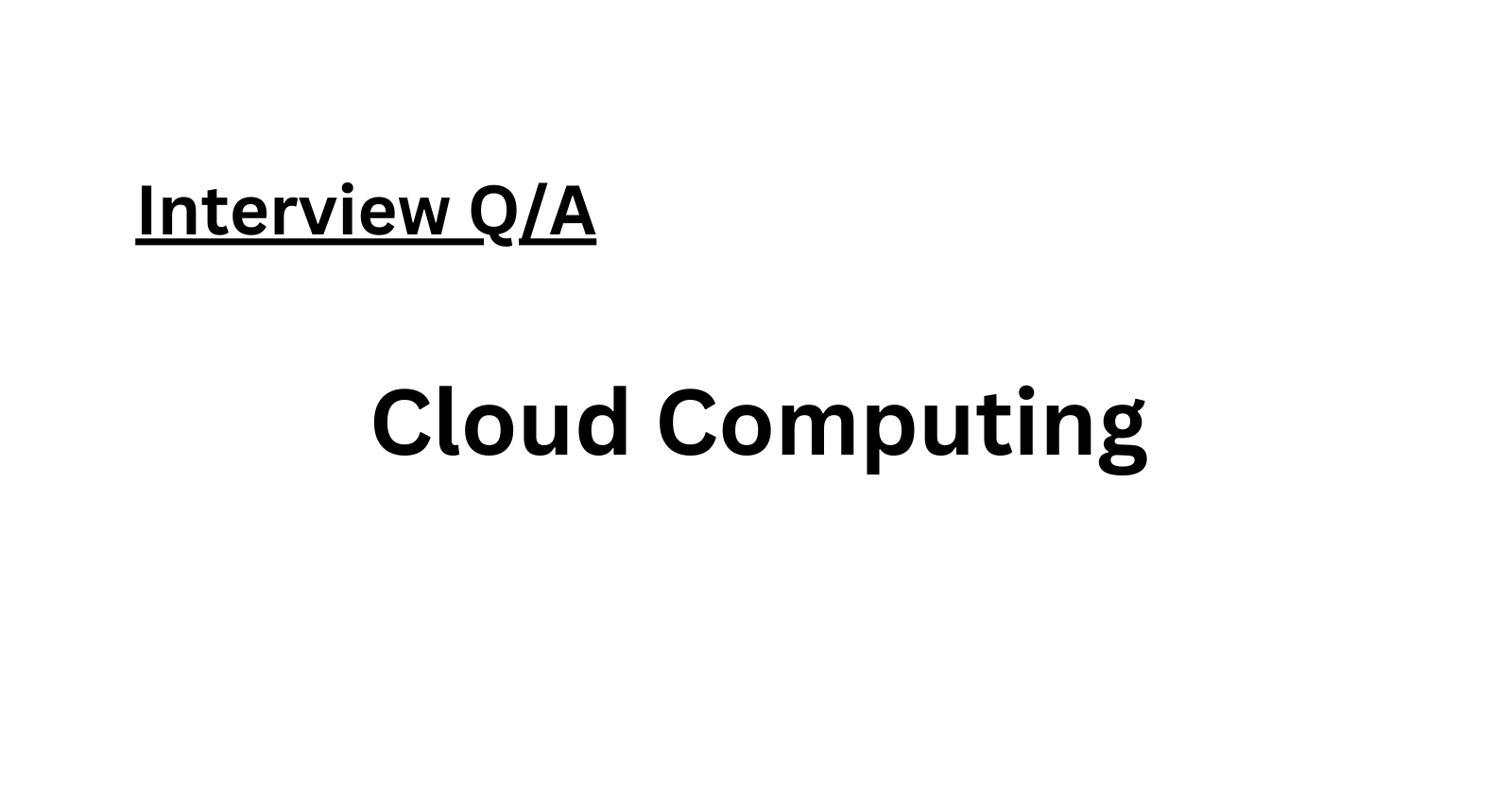Deciphering Cloud Computing
 Amrutha D
Amrutha D
What is Cloud Computing and Why is it Named So?
Cloud Computing refers to the storing and accessing of data and computing services over the internet. It does not store data on personal computers but allows on-demand availability of services like servers, data storage, networking, and databases. This technology gives multiple users access to data centers and remote servers.
The term "Cloud" originates from a network design used by engineers to represent the interconnectedness of various network devices. This design's shape resembled a cloud, which eventually became synonymous with this mode of computing.
Why Adopt Cloud Computing?
With the growing number of computer and mobile users, data storage has become a primary concern across all fields. Businesses invest heavily in maintaining their data, which requires a robust IT support and storage hub. However, not all businesses can afford the high costs of an in-house IT infrastructure and support services. Cloud Computing presents a more cost-effective solution due to its efficiency in storing data, computational abilities, and reduced maintenance costs. It enables users to access applications and data without the need for extensive local infrastructure.
Cloud computing minimizes hardware and software demands on the user's end. Users only need to run the cloud computing interface software, which can be as simple as a web browser, while the cloud network handles the rest. Common cloud services such as email (e.g., Gmail, Hotmail) store data on cloud servers, not on individual devices.
Benefits of Cloud Computing The potential for cost savings is a significant factor driving the adoption of cloud services by many organizations. It allows the flexibility to use services as needed and pay for only what is used. This model enables running IT operations as an outsourced unit without requiring substantial in-house resources.
Other benefits include lower IT infrastructure costs, improved performance, fewer maintenance issues, instant software updates, improved compatibility across operating systems, backup and recovery options, enhanced performance, increased storage capacity, and heightened data safety.
Examples of Cloud Computing Applications Cloud computing has a wide range of applications in various sectors:
Health Care: Enables remote diagnostics, information hosting, and patient analysis, improving efficiency and allowing quick data transfers.
Education: Facilitates distance learning and offers various services to educational institutions to enhance productivity and efficiency.
Government: Cloud technology is used by governments and military sectors, incorporating social, mobile, and analytics technologies while adhering to stringent compliance and security measures.
Big Data Analytics: Cloud computing aids data scientists in analyzing data patterns and insights for better decision-making.
Communication: Provides network-based access to communication tools like emails and social media, facilitating instant messaging systems.
Cloud Computing Services Cloud computing services are typically classified into three major offerings:
Software as a Service (SaaS): A software distribution model where applications are hosted by a vendor and accessed over a network.
Platform as a Service (PaaS): Provides a platform and environment for developers to build applications and services.
Infrastructure as a Service (IaaS): Grants access to computing resources in a virtualized environment over the internet.
Security and Privacy Concerns While cloud computing offers numerous advantages, security and privacy remain key concerns. Users worry about the security of their data, especially regarding access and potential breaches by service providers or government agencies. Trusted computing groups and encryption methods are implemented to enhance security and protect against cyber threats.
Privacy concerns arise due to the potential monitoring of data by cloud service providers. To address this, encryption at the storage site and administrative and legal controls are employed to prevent unauthorized access.
Case Study:
Royal Mail Royal Mail Group in the UK adopted cloud computing for effective communication among its staff, reducing communication costs and improving operational efficiency. By migrating to cloud-based systems, they provided employees with new collaboration suites, resulting in increased productivity and efficiency.
Their strategic move to migrate to a private cloud based on Microsoft Hyper V is expected to save millions and improve internal IT systems.
Conclusion:
Cloud computing has revolutionized the way data is stored, accessed, and processed. It offers cost-effective solutions, flexibility, and scalability to businesses of all sizes. Various cloud service models cater to different business needs, ensuring efficient utilization of resources and enhancing productivity across various sectors. However, security and privacy concerns remain significant considerations in cloud computing adoption.
Subscribe to my newsletter
Read articles from Amrutha D directly inside your inbox. Subscribe to the newsletter, and don't miss out.
Written by

Amrutha D
Amrutha D
Gen AI Video Creator | Gen AIOps | AIOps Cloud DevOps Engineer | Let's Connect & share Technical knowledge & grow together in Technologies Everyday..